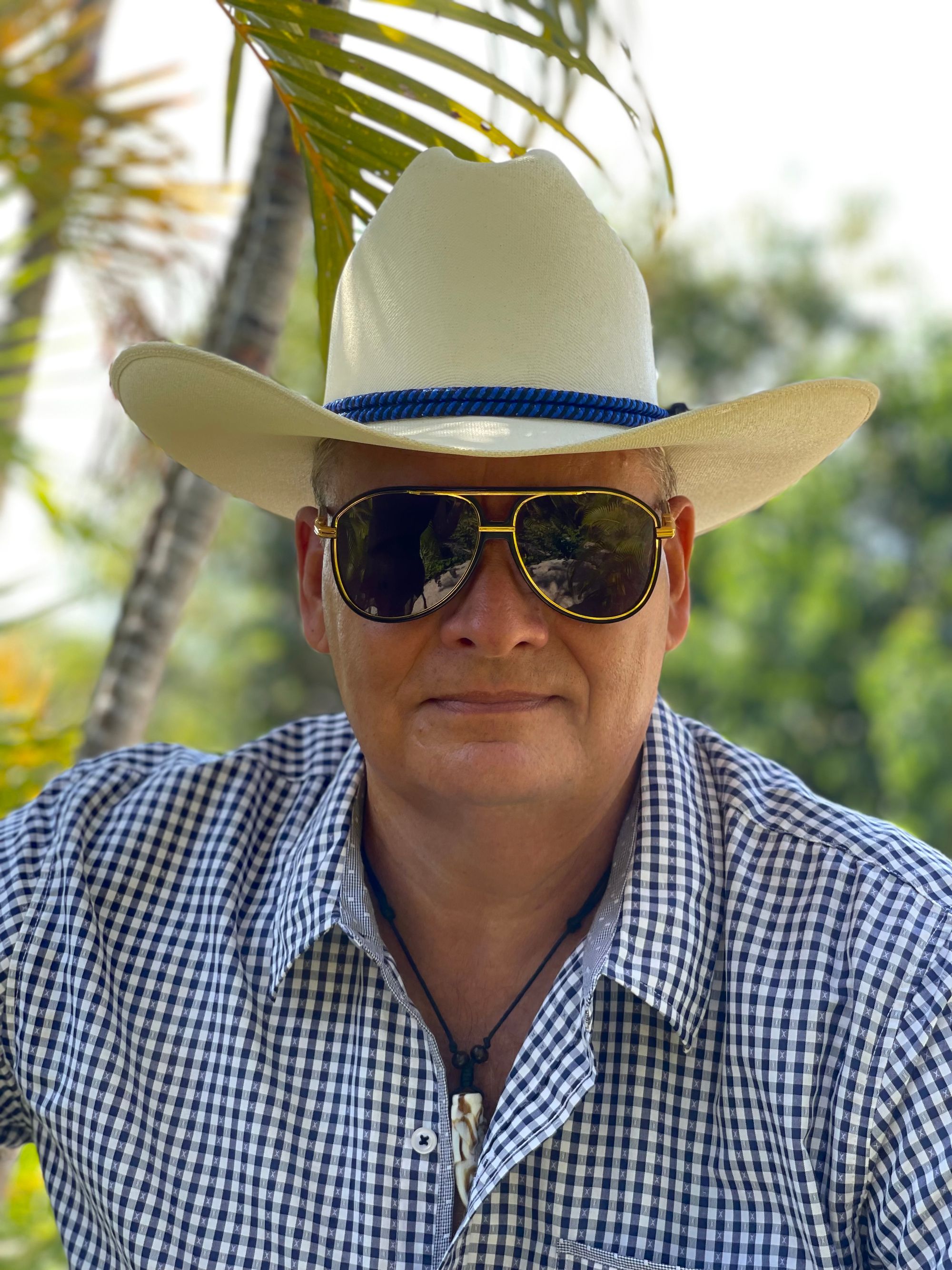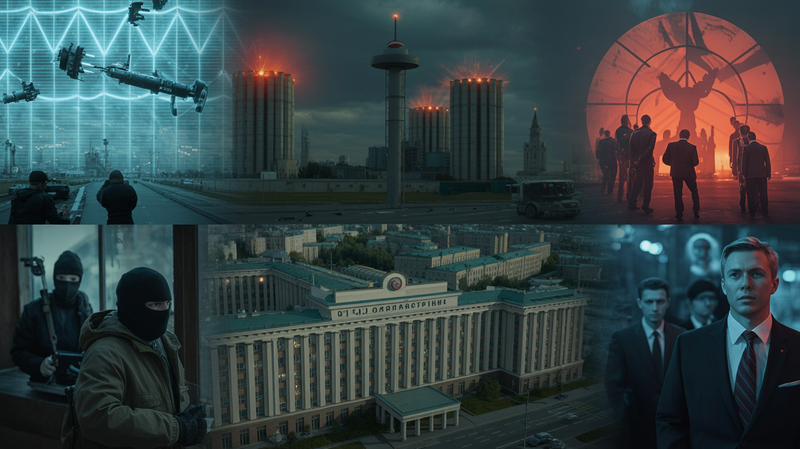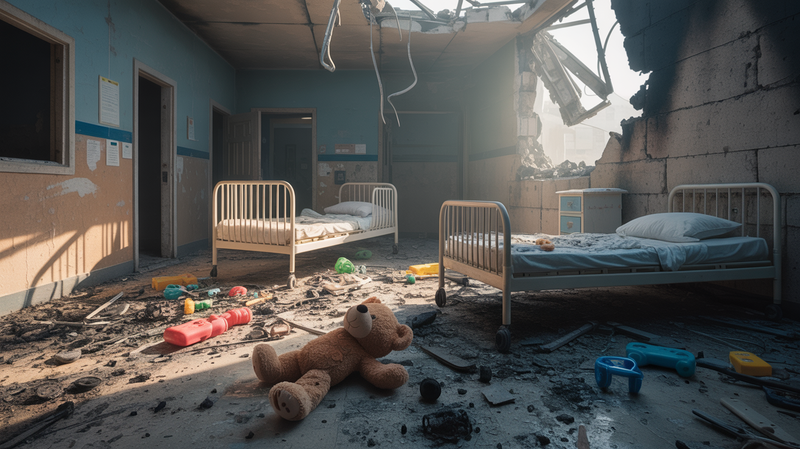March for Renewal: Acapulco Residents’ 400km Pilgrimage for a Rebuilt Future
As the dawn broke over the picturesque beaches of Acapulco, a determined group of residents embarked on a journey laden with hope and resolve. This was no ordinary commute; it was a march of solidarity, stretching over 400 kilometers to the very heart of political power in Mexico City. Their

As the dawn broke over the picturesque beaches of Acapulco, a determined group of residents embarked on a journey laden with hope and resolve. This was no ordinary commute; it was a march of solidarity, stretching over 400 kilometers to the very heart of political power in Mexico City. Their mission: to demand a comprehensive reconstruction of their beloved port city, recently ravaged by the fury of Hurricane Otis.
The harrowing encounter with the Category 5 hurricane left Acapulco in disarray, its vibrant life paused by winds lashing at speeds exceeding 250 kilometers per hour. The grim aftermath spoke volumes: nearly fifty lives lost and damages rocketing to the tune of $15 billion. Despite a government-announced rescue plan, the marchers accused the executive of scrimping on the resources crucial for reconstruction.
Leading the charge was Ramiro Solorio, a seasoned local politician with roots in the PRD and Movimiento Ciudadano. He leveled pointed criticism at President Andrés Manuel López Obrador, not just for his absence in the wake of the disaster but for what he perceived as the administration's tepid response. "The government wishes to downplay the tragedy," Solorio proclaimed, asserting, "The only way to save Acapulco is to raise our voices. It's time to demand true reconstruction."
The government's response, a reconstruction plan valued at approximately 3.4 billion dollars, includes tax exemptions, diverse social assistance, loans, and provisions of appliances and food pantries. Yet, for Solorio and his fellow marchers, the plan falls short of addressing the vast scale of the calamity.
Their act of defiance and demand for attention began with a tweet from Chilpacingo, Solorio's digital voice reverberating with urgency: "We march to Mexico City to be heard, to ensure the tragedy is not minimized, to secure sufficient funds in the 2024 Federal Expenditure Budget for the complete reconstruction of Acapulco and the affected municipalities."
The group's itinerary is as strategic as it is symbolic—first to Cuernavaca, then to the Zócalo's vast square before the National Palace, the president's residence. The following day, the Senate and the Chamber of Deputies will be their stage.
This march is more than a plea; it is an emblem of the relentless spirit of the Acapulcan community—a community not content with mere survival but demanding a foundation for a revitalized and resilient future. As they navigate the long road to Mexico City, they carry with them not just the weight of their immediate suffering but the hopes of a city eager to reclaim its place as a jewel of the Pacific, one steadfast step at a time.
“Acuérdate de Acapulco": A Crusade for Revival Through Mexico City's Gates
In a robust display of advocacy and desperation, the caravan named "Acuérdate de Acapulco," helmed by former mayor Evodio Velázquez Aguirre, commenced its journey to Mexico City. This trek is not a mere formality; it is a vehement appeal from the heart of a battered community to the nation's legislative body, demanding adequate funds for the resurrection of a city in ruins.
Merchants, transporters, and service providers, all witnesses to the wrath of Hurricane Otis, rallied behind Velázquez Aguirre, who has become the embodiment of Acapulco's fight against obliteration. The caravan’s departure from the iconic Gloriet of La Diana was more than symbolic—it was a clarion call to the powers that be, signaling that the approved budgetary ruling falling short of addressing the catastrophic damages wrought by the hurricane would not stand unchallenged.
Velázquez Aguirre’s impassioned warning cut through the morning air, declaring the 61 billion pesos touted by President López Obrador as illusory without tangible budgetary backing. His articulation of the community's demands was clear: Acapulco requires no less than 300 billion pesos, an acknowledgment of the funds once allocated to Cancun in its time of despair post-Hurricane Wilma.
As the caravan wound its way from the Papagayo Park's Asta flag, pausing at La Diana to belt the national anthem, a profound sense of unity was palpable. Their course through Chilpancingo would garner the support of fellow 'guerreros' in solidarity, culminating in Cuernavaca before reaching the political heartbeat of the nation.
This procession carries more than the echoes of urgent requests; it is laden with the gravity of imminent need and the resolute spirit of Acapulco's citizenry. It is a testament to the determination of a city refusing to be relegated to the footnotes of a natural disaster. As they march, they do not merely seek to draw attention; they seek to ignite a collective consciousness, to spur action that will cement the foundation for Acapulco’s future—a future that hinges on the decisions made within the walls of the Chamber of Deputies.
Their journey to the capital is a narrative of resilience, a pursuit for a tangible commitment from their government, ensuring that the memory of Acapulco's glory is not consigned to the past but is a beacon guiding the reconstruction of its tomorrow.




